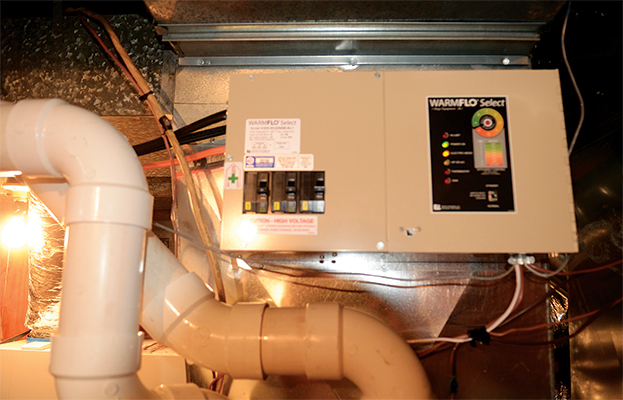

Save With YOUR Utility
Beltrami Electric Cooperative
Cass County Electric Cooperative
Cavalier Rural Electric Cooperative
Clearwater-Polk Electric Cooperative
Nodak Electric Cooperative
North Star Electric Cooperative
PKM Electric Cooperative
Red Lake Electric Cooperative
Red River Valley Co-op Power
Roseau Electric Cooperative
Wild Rice Electric Cooperative
City of Alvarado
Bagley Public Utilities
Baudette Municipal Utilities
Fosston Municipal Utilities
Grafton Municipal Utilities
Halstad Municipal Utilities
Hawley Public Utilities
Park River Municipal Utilities
Roseau Municipal Utilities
City of Stephen Utilities
Thief River Falls Municipal Utilities
City of Warren Water & Light
Warroad Municipal Utilities




